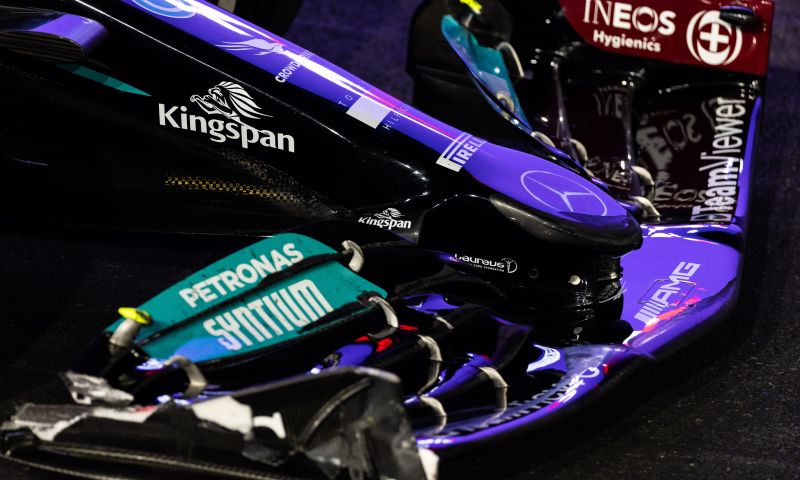F1 News

Larger front wing, but with less downforce is going to make F1 more exciting
- GPblog.com
In 2022, all Formula 1 teams will start with a completely new car. Both the sporting rules and the technical rules have been shaken up. The front wing will change dramatically. The downforce level will go down, but tracking another car will become easier.
Less dirty air
It seems contradictory that a larger front wing is going to provide less downforce. In F1's new regulations, the aerodynamic package is to be overhauled and in particular the front wing is to receive an overhaul. This is because it will have a larger surface area to create less "disruptive" air than in previous years. The downforce will go down, but it will be a lot easier to follow your predecessor on the track.
F1 journalist Mark Hughes describes in collaboration with F1-tech expert Giorgio Piola on the F1 website an analysis of the upcoming aerodynamic changes for 2022. Since the air hits the car first on the front wing, the front wing is always taken as the starting point when developing aerodynamics. Hughes: "With the old wings, the so-called 'Y250 vortex' was the culprit; the flat piece in the middle of the nose." In this spot, a rotating airflow was created that moved faster to the bargeboards. That did create the disruptive air behind the car, making following more difficult.
... and less downforce
The new rules should ensure that this Y250 vortex is avoided. Instead of the five wing elements previously allowed on the front wing, from 2022 there will only be four. In general, the wing area will be larger because there will be fewer small winglets and holes, as we saw with the complex-looking wings of recent years.
The bargeboards will also be greatly simplified as of 2022, further reducing disruptive airflow. Finally, Hughes mentions that there will be a restriction on how steep the wing can be adjusted. It will no longer be allowed to be as steep as in the previous year. Therefore, the downforce will go down. The air caught at the top of the wing provides the downforce; the higher the wing, the higher the downforce.

